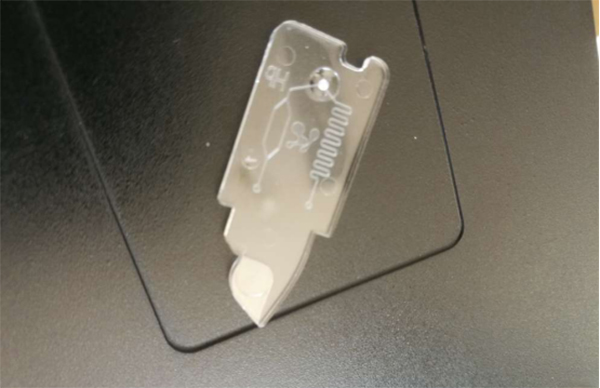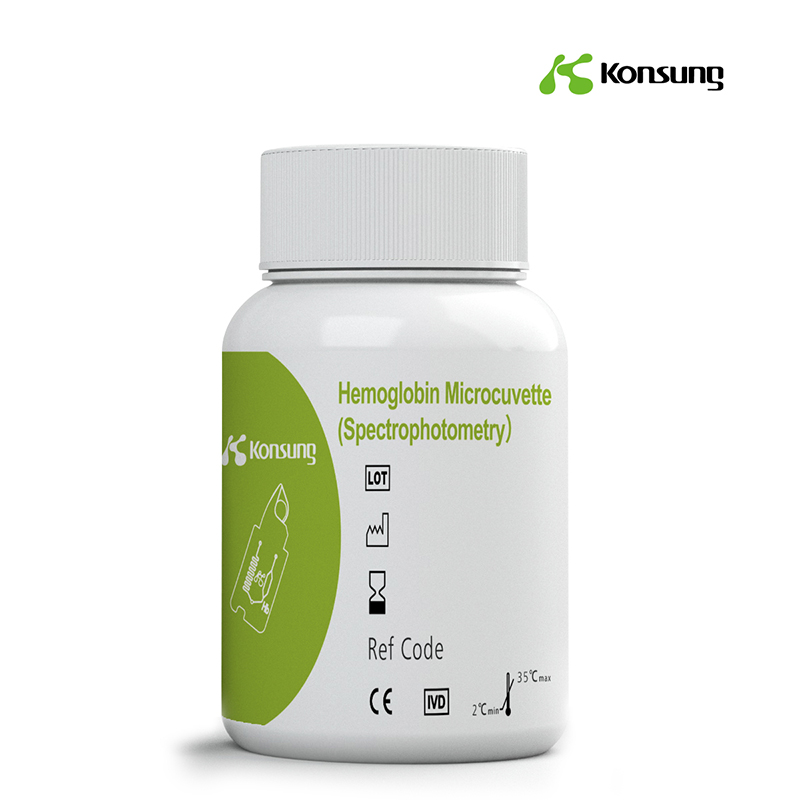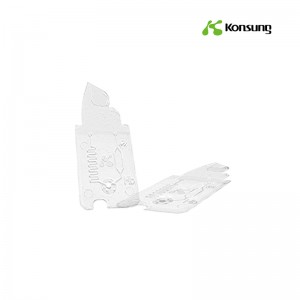Microcuvette for Hemoglobin Analyzer
Microcuvette for Hemoglobin analyzer

Hemoglobin analyzer microcuvette
Product Details:
◆Material: polystyrene
◆Shelf Life: 2 years
◆Storage temperature: 2°C~35°C
◆Relative Humidity≤85%
◆Weight: 0.5g
◆Packing: 50 pieces/bottle
Positive value/Reference range Reference Range:
◆Adult males: 130-175g/dL
◆Adult females: 115-150g/dL
◆Infant: 110-120g/dL
◆Child: 120-140g/dL
Test Result
◆The measurement display range is 0-250g/L. Coagulation may cause the blood specimen to fail to fill the microcuvette, resulting in incorrect measurements.
◆Hemolysis can affect the test results。
Limitation of Test Method
◆Diagnosis and treatment should not rely solely on the test result. Clinical history and other laboratory tests should be considered
Performance Specification
◆Blank:≤1g/L
◆Repeatability:within range 30g/L to 100g/L, SD≤3g/L; within range 101g/L to 250g/L, CV≤1.5%
◆Linearity:within range 30g/L to 250g/L, r≥0.99
◆Accuracy:The correlation coefficient (r) of the comparison experiment is ≥0.99, and the relative deviation is ≤5%
◆Inter-batch difference≤5g/L
Test Procedure EDTA blood Testing:
◆Stored samples should be returned to room temperature and mixed thoroughly before testing.
◆Use a micropipette or pipette to draw no less than 10μL of blood on a clean glass slide or other clean hydrophobic surface.
◆Using the tip of the reagent to contact the sample, the sample enters under capillary action and fills the reagent piece.
◆Carefully wipe off any excess sample on the surface of the microcuvette.
◆Place the microcuvette on the microcuvette holder of hemoglobin analyzer and then push the holder into the analyzer to start the measurement.












